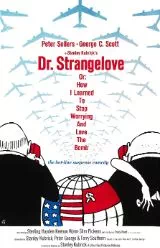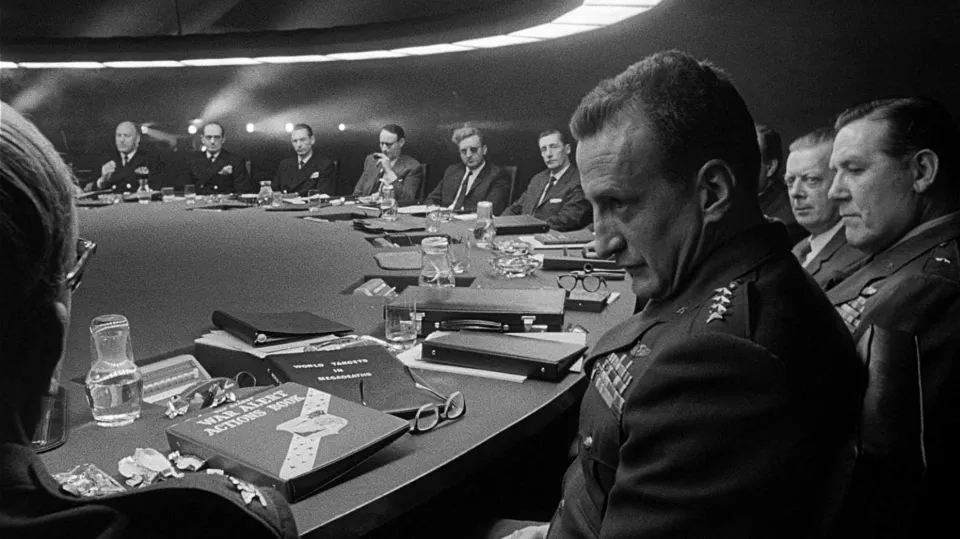The Dictator - Movie Review
If you like the star of Ali G and Borat, Sach...
By Ethan Griffin1697

0

56 Years later, Dr. Strangelove or: How I Learned to Stop Worrying and Love the Bomb has stood the test of time as a brilliant dark comedy and social commentary.
Mainly written and directed by Stanley Kubrick, Dr. Strangelove was heavily inspired by Red Alert, which was about the constant and fearful anticipation of a nuclear apocalypse from the rooms of the USA army generals.
Kubrick’s take was more of a satirical approach to the more serious novel, absurdly showing how fear of the nuclear doomsday during the Cold War between Soviet Russia and the USA has led the most powerful figures in the USA into tactical mayhem.
The film took its fair share of applaud over the years; ranked by the American Film Institute as the 39th best American movie, and as 3rd funniest American movie. The movie caused quite the controversy back in the day, being released in 1964, only two years after the real nuclear missiles’ crisis between the USA, Soviet Russia, and Cuba.
Kubrick took years to finish his research on the subject of the film, aided by Peter George, a retired R.A.F pilot who also co-wrote the screenplay with Kubrick.

Peter Seller’s stellar performance was tightly wrapping the half-mad-half-genius persona of Dr. Strangelove, with constant gum-chewing and extremely arched facial expressions, which shares unique closeness to Jim Carry’s expressions as well.
Brigadier General Jack D. Ripper’s paranoid looks and conspiracy theories were laid down quite well by Sterling Hayden as he launched a nuclear warhead towards Soviet Russia and in the relentless defense of his decision.
General Buck Turgidson (George C. Scott) and the USA President (another Peter Seller role) try to reach out to Jack D. Ripper as he has shut down all lines of communication in a firm attempt to cement his position of relentless retaliation against a paranoia-riddled theory of a sabotage attack done by the Soviets.
Kubrick shot the movie in 4 restricted spaces; an office, Air Force base, a military operations room, and the interior of a bomber plane. The War Room was the operations room where most of the dialogue between the actors took place, praised for its great memorable design by Ken Adam who built it with a few light rings, big circular desk, and lighting manipulation.
The movie’s satirical approach was quite laughter-inducing beyond a shadow of a doubt, but Kubrick’s take on high-profile political closed-rooms was quite jarring in how it retained some scary elements of truth.
When you contrast it with a real-life scenario that happened 31 years later when Russia was so close to launching nuclear warheads as a retaliation for what they thought was a US-based attack due to the misinterpretation of a meteorological rocket’s con, it won’t be hard to appreciate Dr. Strangelove’s absurd, yet convincing, take.
Updated 4 years ago